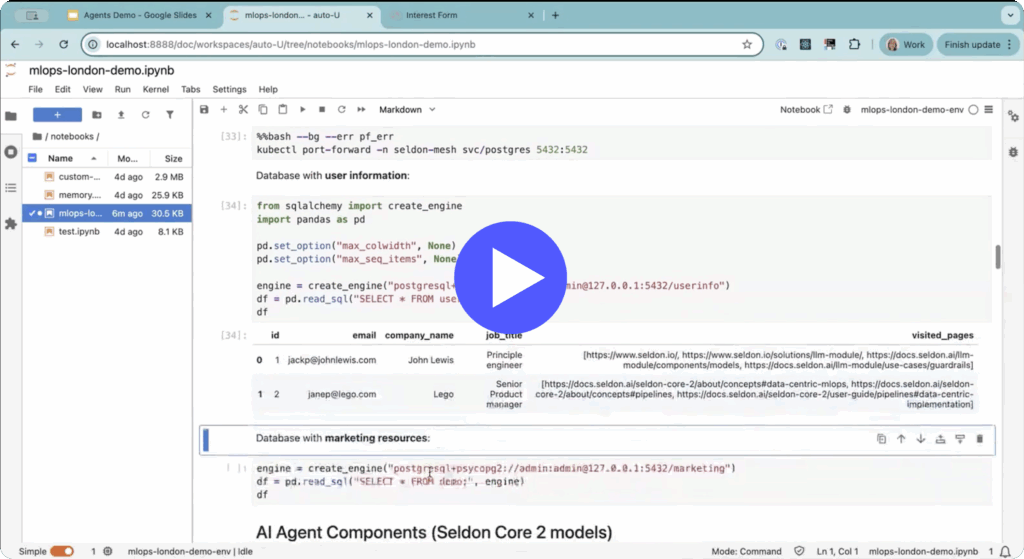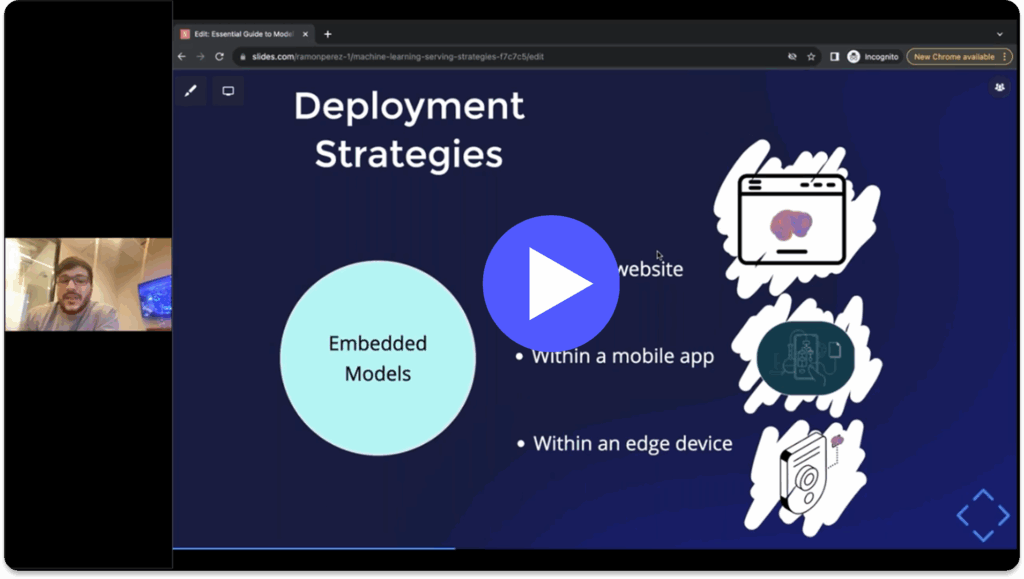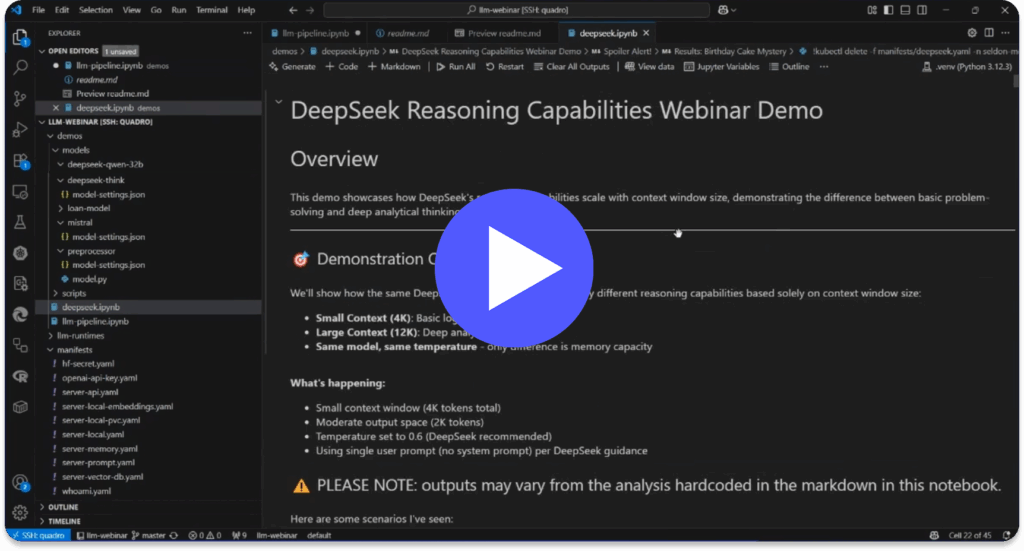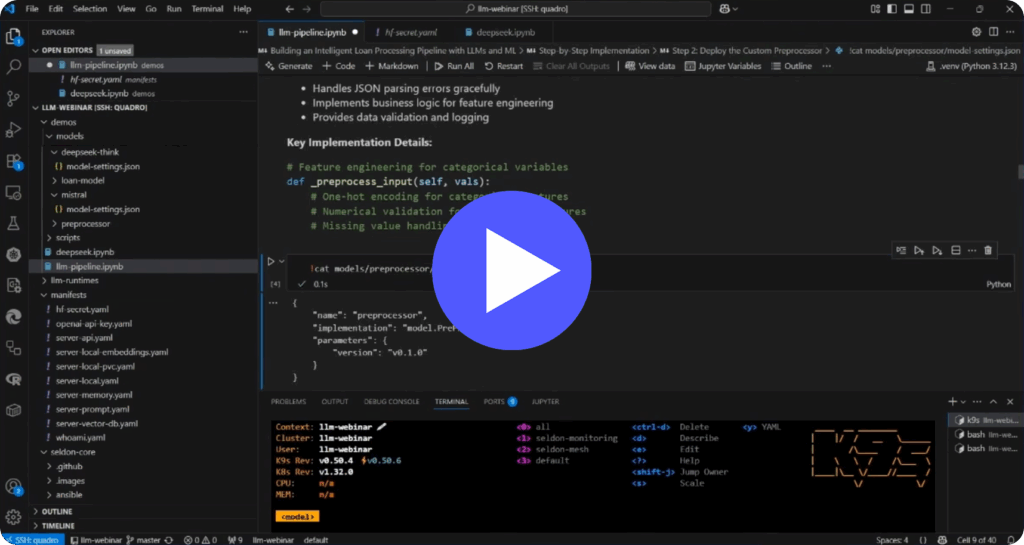The oil, gas, and energy sector is a crucial part of the global economy, representing 3.2% of the world’s GDP as of 2021. With the industry coming under ever-greater scrutiny over its environmental and emissions footprint, companies throughout the space are increasingly committing themselves to improving their productivity and cutting down on waste.
To help with this, machine learning operations (MLOps) is playing a huge part. Virtually every part of the oil, gas, and energy sector generates large amounts of data – including extraction sites, refineries, pipeline networks, distribution centres, and beyond. Using this data, MLOps is helping companies discover new ways to improve their efficiency, cut down on waste, make better use of resources, and achieve their environmental targets.
Some of these use-cases include:
- Predictive asset maintenance, which sees ML models foresee equipment strain via data from on-the-ground sensors that can log variables such as soil movement, pipe pressure, and corrosion. Using this data, ML can anticipate where and when equipment failures can be expected in pipelines and facilities, allowing businesses to avoid unexpected downtimes and improve the efficiency of their maintenance teams.
- Demand forecasting, which sees ML models leveraged to process market data and forecast what demand for oil and gas may look like in the coming weeks and months. This allows organisations to tailor their production and distribution, enabling energy businesses to save costs, reduce storage needs, and cut down on waste.
- Better extraction, which sees ML models directly control drilling and extraction equipment. By using data from seismic surveys, temperature and pressure readings, alongside live data from the drill bit, ML models can steer and throttle drills to access new deposits in the most effective way possible. This means less waste, less equipment loss, and greater yields from wells.
- Uptime is a concern for just about every part of an enterprise IT environment, owing to downtime meaning lost productivity and resources spent trying to get a system back online. The substantial storage and compute requirements of ML in production environments can make them especially vulnerable to problems like memory leaks.
- Explainability refers to the idea of being able to explain the reasoning of an ML model. This is a widespread concern, with many models currently reverting to being “black boxes” that do not provide details on the intermediate steps they take between input data and their conclusions. Given what is at stake in the oil and gas industry, this is a substantial problem – organisations want to be able to have geologists, engineers, and logisticians appraise the reasoning of models to make sure their conclusions are correct.
- Deployment speed represents a substantial issue for ML, with many models taking several weeks or even months to be deployed in production. One of the primary reasons for this is the sheer number of stakeholders involved across data science, development, operations, and security, with all teams having to contribute in order to deploy a model in production. A lengthy timeframe means losses in productivity, greater costs, and less time-to-value for new ML processes.







